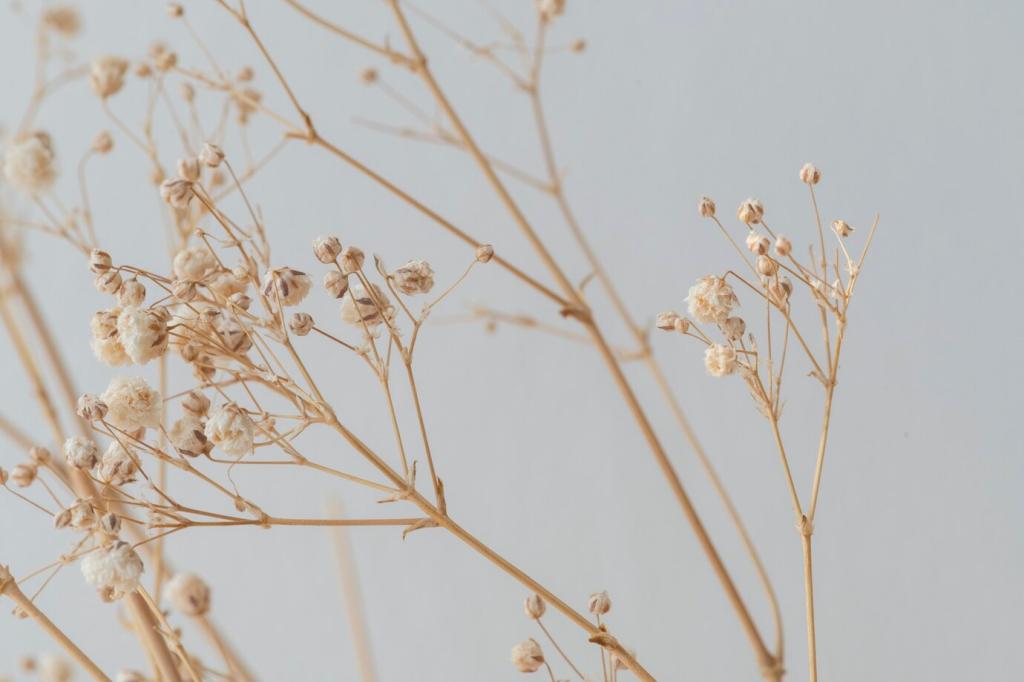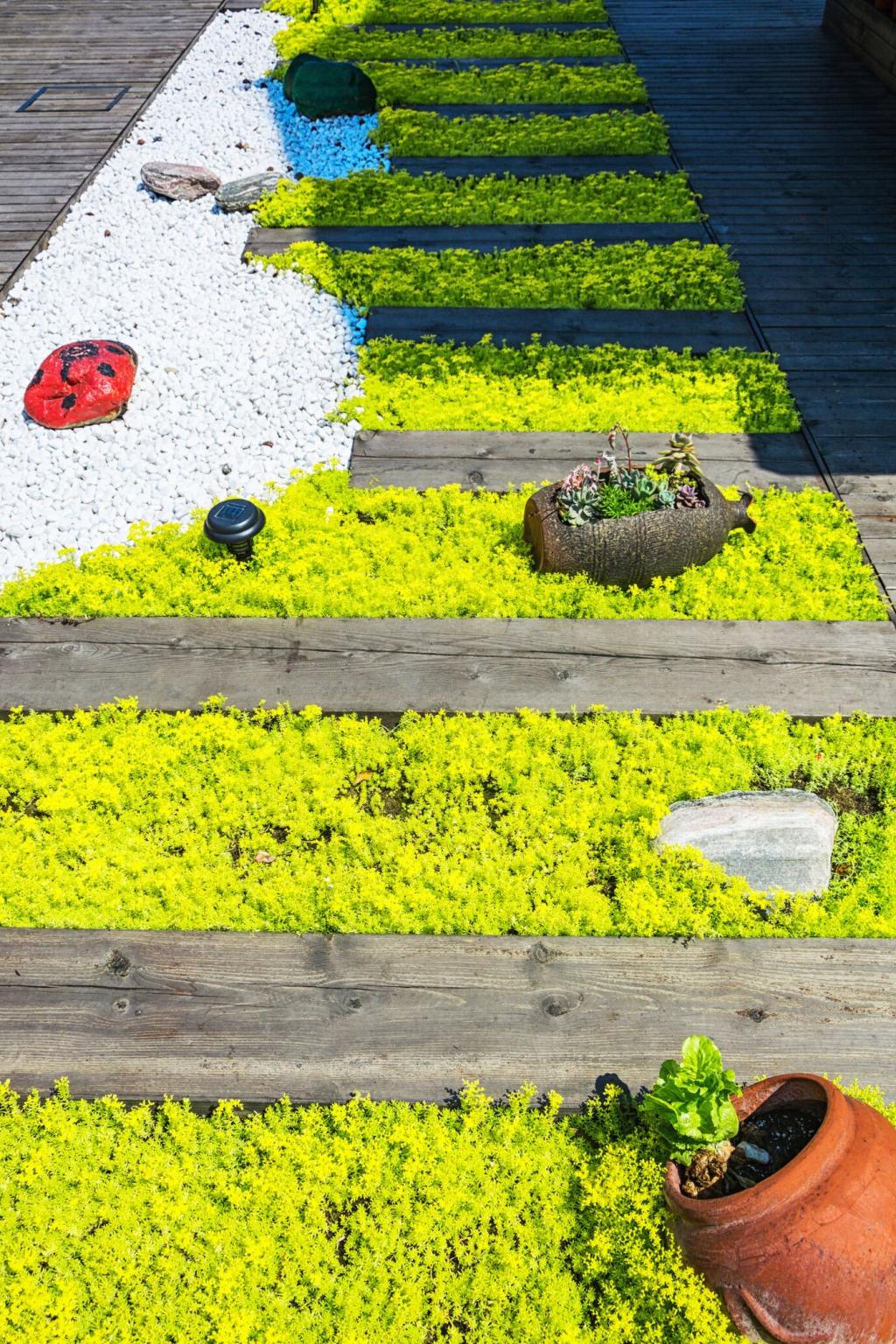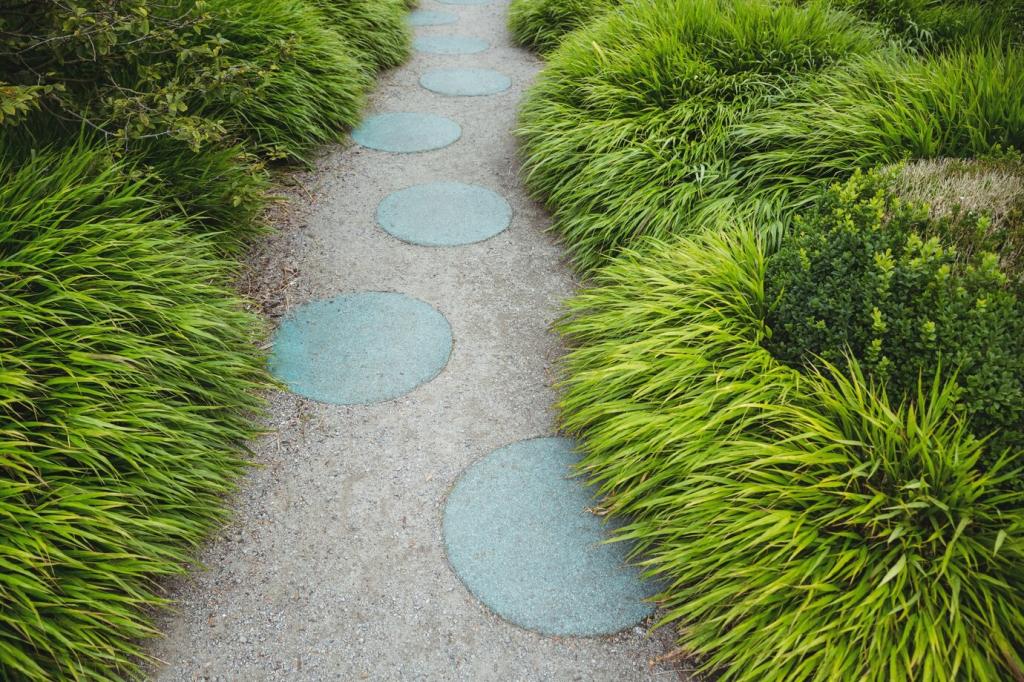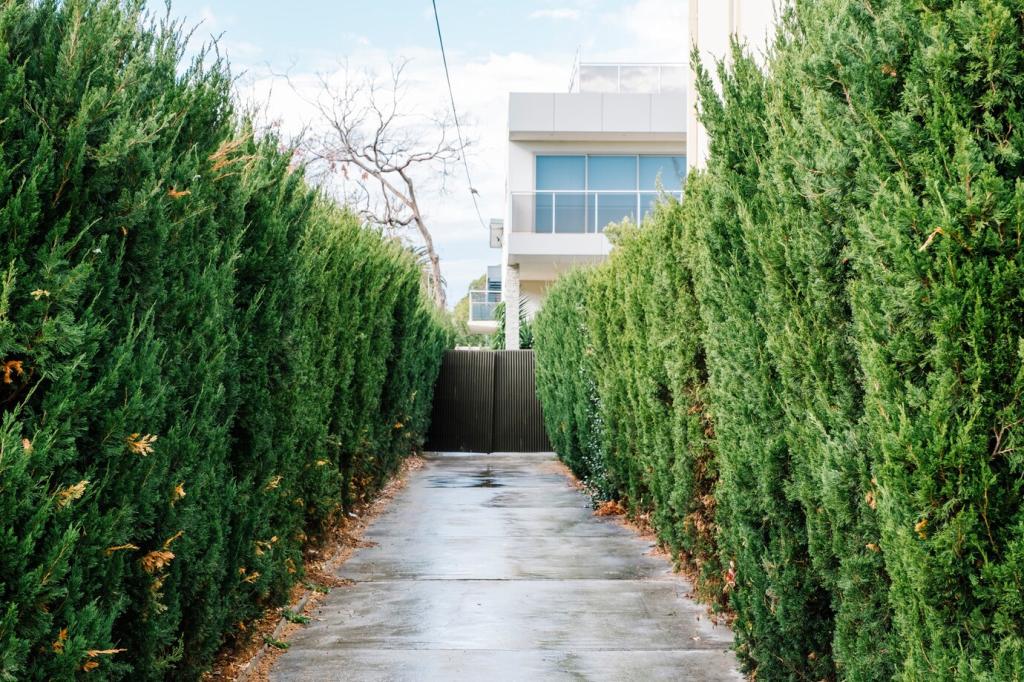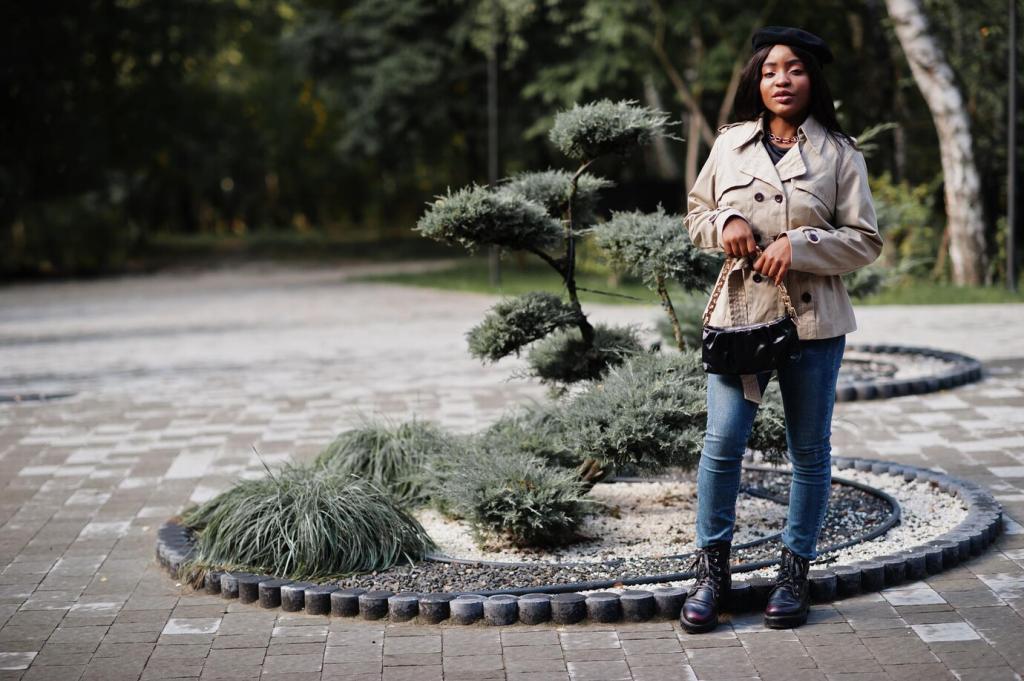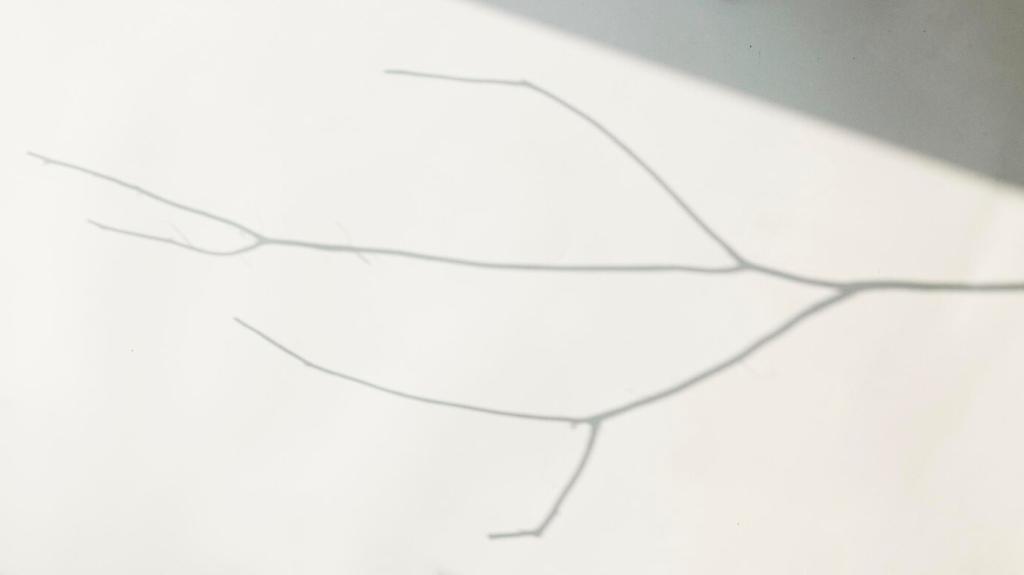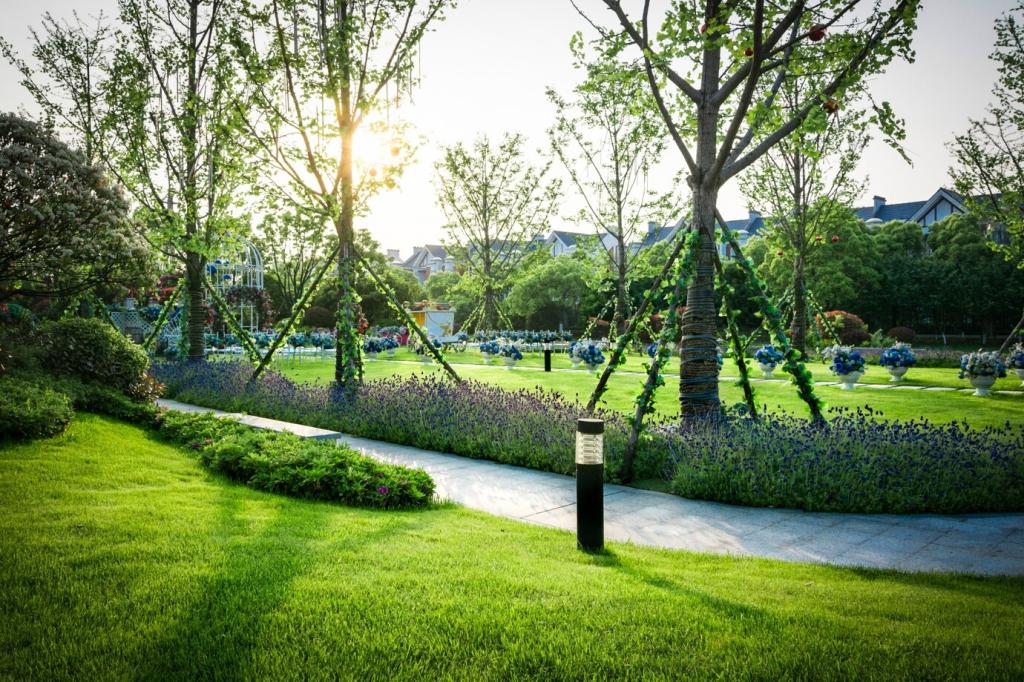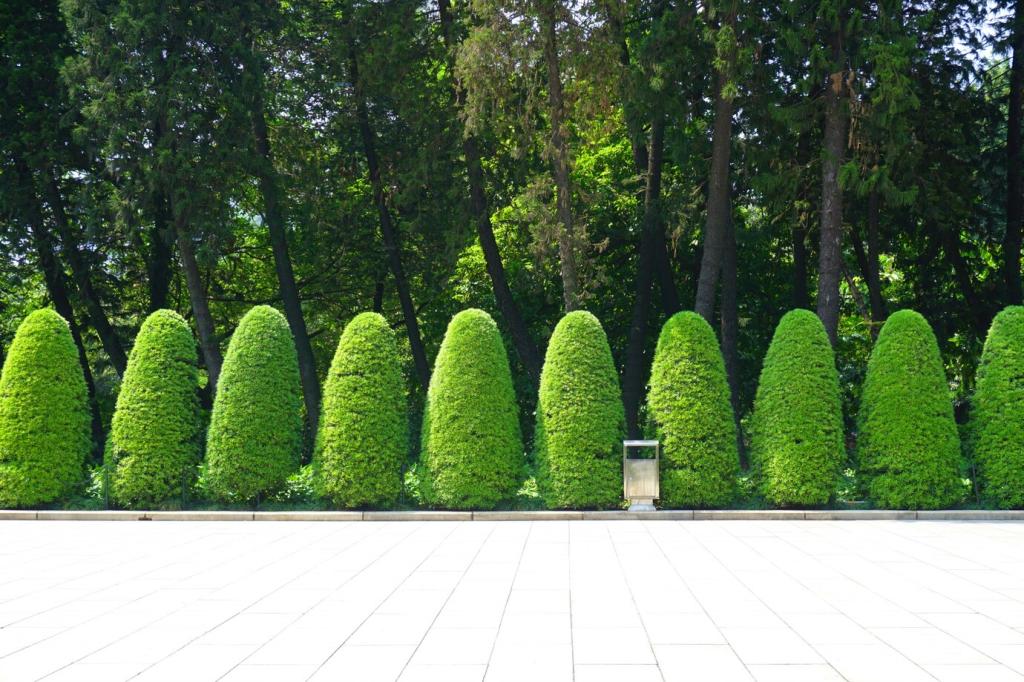Layout and Flow: Lines That Lead, Zones That Breathe
Divide your yard into parallel strips: a living terrace, a clean path, and a planting band. This framework simplifies decisions, keeps views tidy, and gives you a flexible backbone for future updates.
Layout and Flow: Lines That Lead, Zones That Breathe
Align seating with a focal point—a single tree, a sculptural boulder, or a long planter. Clear sightlines reduce visual noise. Ask us about sightline tricks for small yards or tricky angles.

